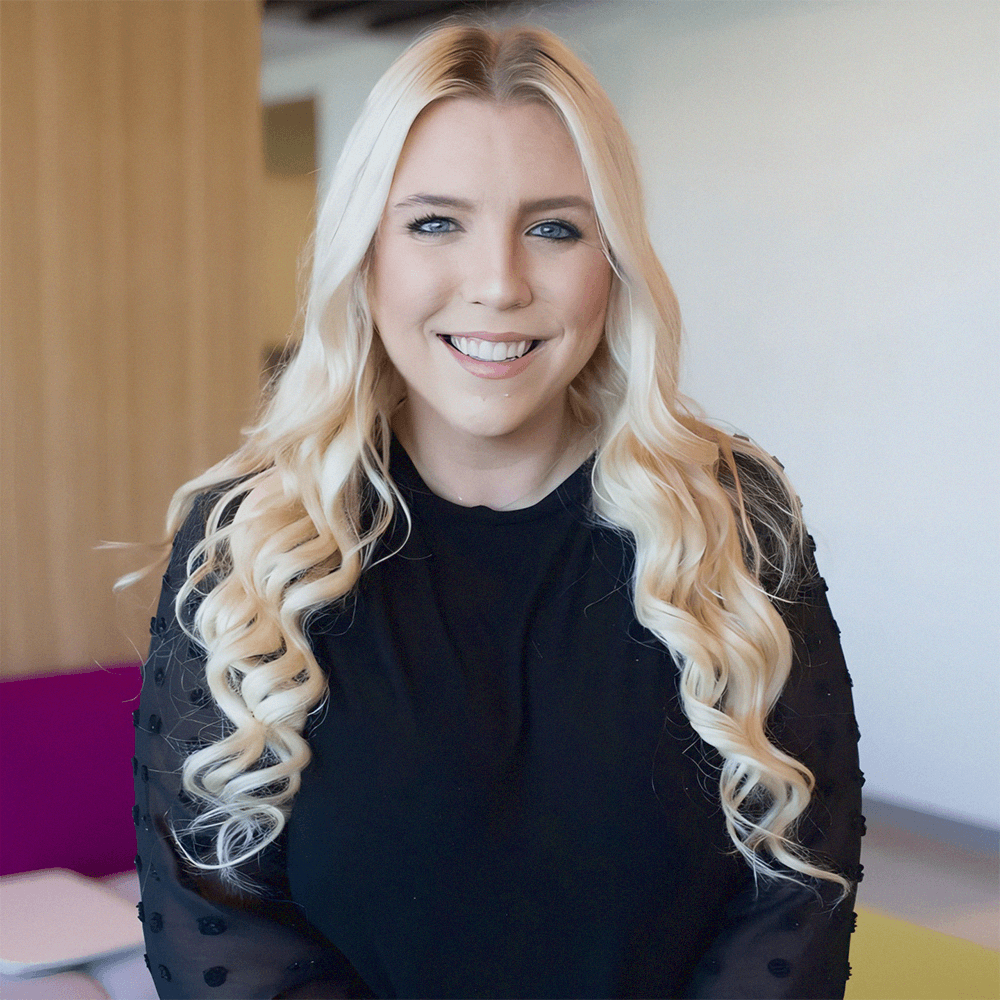How can I make better decisions in my business? How can I improve my decision-making process? These are common questions that business leaders ask as they seek ways to make better decisions and grow their businesses.

Business decision making is one of the most critical skills you need to run a successful business. It's the cornerstone of successful business management.
Research shows that we human beings make approximately 35,000 remotely conscious decisions daily.
In the current fast-paced business world, your ability to make the correct final decision on an issue or project will set you apart from the crowd.
Let's look at three decision-making models you can apply to enhance growth and productivity.
Intuitive Decision Making Model
Intuitive decision making process often happens without you noticing and almost instantaneously. However, it's not automatic.
The brain quickly reviews the information stored in your subconscious mind about similar past events and circumstances to decide the right cause of action in the current situation.
Because the decision making processes are based on the brain's ability to recognize past happens, this decision making model often yields the best solutions.
The decision is a subconscious take based on the experience and expertise from similar past events. The main characteristics of this decision making model are;
- Gut feeling or Gut instincts: The decisions are based on instincts and feelings.
- Pattern Recognition: The brain recognizes patterns based on experience and expertise.
- Holistic approach: The final decision is made by considering the overall context instead of relying only on data analysis.
Though it's considered an effective decision-making process, this model is not ideal for situations you are not familiar with, like a new job or venturing into a new industry.
Use it alongside other decision making models discussed below to make informed and better decisions.
Rational Decision Making Model
The rational decision making process involves seven steps, namely;
- Identify the problem: Clearly define the decision that needs to be made to guide the business in the right direction.
- Collect and analyze relevant information: Collect information related to the problem from internal and external sources.
- Identify and analyze all alternative solutions: Based on the data, identify and analyze all alternative solutions.
- Select the best solution or alternative: Assess each alternative based on criteria and preferences agreed upon earlier with the team.
- Implement the decision: Apply the selected alternative/solution.
- Evaluate the outcome: Assess the effectiveness of the solution based on the outcomes achieved.
This decision making process is detailed and leaves nothing to chance. The main characteristics that set it apart from other decision making models are:
- Systematic Approach: From creating the team to gathering information on the problem, like historical data, it follows a clear and systematic sequence of steps.
- The Problem is Clearly Defined: The business situation is clearly defined before starting the decision making process. Clarity ensures that all team members are laser-focused on the core issue.
- Qualitative and Quantitative Analysis: All alternatives undergo a qualitative and quantitative analysis to determine suitability. Numerical values are assigned to each factor to help the team compare them objectively.
One of the benefits of this decision making process is that it reduces risk and uncertainty by deeply analyzing all possible solutions and outcomes. That said, each decision-making stage takes time, making this model unsuitable for projects with strict deadlines.
Creative Decision Making Model
As the name suggests, this decision-making process emphasizes thinking outside the box and applying innovative solutions.
Decision makers prefer this model to the rational decision making model because it encourages the teams and individuals to tap into their creativity to identify and suggest ideas that may be unconventional but potentially effective in solving the problem.
As the leader, you are not the sole decision maker. Other members of your team with proven decision making skills help you analyze the situation from different angles and suggest plausible solutions.
The five main characteristics of this decision making process are;
- Accommodates Divergent Thinking: It encourages the decision maker to embrace creative solutions that may appear unconventional or new to the business.
- Open-mindedness: The success of the decision making process is hinged on the business manager's ability to value and appreciate different ideas and perspectives presented.
- Risk Taking: It's risky because it allows unconventional but applicable problem-solving methods. In most cases, the innovative solutions suggested are new to the business and pose a risk to the business operations.
- Flexibility: The decision maker allows for adjustment to the decision making process based on all the evidence collected and the circumstances at the time.
- Collaboration: Collaboration supports effective decision making processes by nurturing and encouraging teamwork. Agreeing to different viewpoints helps the team to make an informed decision and be on the same page.
To sum it up, creative decision making models provide a structured yet flexible way of gathering information. It assigns responsibility to every team member to enhance collaboration. It also creates a conducive working environment that allows and encourages creative solutions to the problem.
Other Decision Making Process Models
The three decision making process models reviewed above are the most preferred by businesses. Two other problem solving strategies that you can use to enhance the select model are;
- Recognition primed decision making model: This problem solving approach is based on intuition. The decision maker hugely relies on past experiences for cues to respond to the current situation. Works well with the intuitive decision making model.
- Vroom-Yetton decision making model: It's a contingency approach that helps leaders determine the level of employee participation in the decision making process.
Conclusion
These are three of the best decision making process models you can use to make the best decision for your business.
Compare them with your team to determine which one suits your business. You can also use decision making tools for gathering information and monitoring progress to achieve the best outcomes.
Join Popl Teams to enhance teamwork and easily communicate with your team throughout the decision making process. While there, create a digital business card for each of them to support your networking and business growth efforts.















